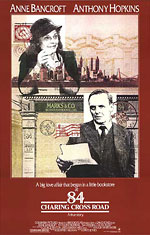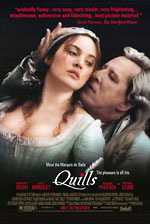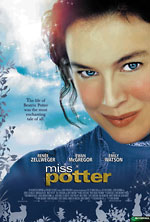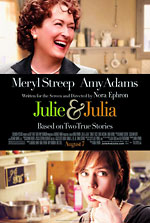Docu-Drama
There are films adapted from books, and then there are films about books By Nicholas A. Basbanes
Some wonderful book collections are based on novels that have been adapted for the movies, titles that include such blockbusters as Gone With the Wind, To Kill a Mockingbird, East of Eden, The Godfather, The Maltese Falcon, Catch-22, Fahrenheit 451, Treasure Island, the various Harry Potter fantasies, even the occasional nonfiction work that has made it big on the silver screen, The Right Stuff, All the President’s Men, and A Civil Action coming immediately to mind. There are many dozens of examples we could cite from a wide variety of genres both fanciful and realistic, and bibliophiles love owning them.
This pursuit has not been lost on booksellers, either, a number of whom have built entire catalogs around motion pictures, with notable offerings in recent years coming from Between the Covers in Gloucester City, New Jersey, Royal Books in Baltimore, and Ralph Sipper—the original Joe the Pro—in Santa Barbara, California. Kevin Johnson of Royal Books has even written a 300-page guide to the books that inspired American Film Noir titled The Dark Page II. For the collector, the beauty of focusing on film is that participation is possible at any level, from sticking strictly with affordable first editions to spending big bucks on inscriptions, associations, film scripts, original art, correspondence, posters, costumes, and pieces of evocative memorabilia and props that could include such iconic objects as Dorothy’s ruby slippers from The Wizard of Oz or the barroom piano the musician Sam used in Casablanca to play “As Time Goes By.”
A recent interest of mine has centered on another film angle entirely, one inspired by a work-in-progress that has consumed my attention for the past five years and is now in the home stretch toward completion, a book that I am loosely describing as a cultural history of paper and papermaking, and tentatively titling Common Bond.
To add a little color to a single paragraph intended to suggest the extraordinary applications of this remarkably versatile material, I started thinking about movies that have had as a central narrative device the use—or misuse, as the case may be—of paper in any conceivable way, and by paper I mean books, letters, journals, currency, secret files, memoranda, whatever, the only caveat being that to make the cut the story must be based on an actual person or a historic event. There has to be some relevance to reality, in other words; thus, as much as it pained me to exclude The Name of the Rose (all the books in that scenario are probably on parchment anyway), and The Da Vinci Code, those two were out, since both are novels based on fictional events.
Still, coming up with a short list of candidates was pretty easy: Schindler’s List (1993), in which a German businessman manages to save the lives of more than a thousand Polish Jewish refugees through inspired paperwork; Catch Me If You Can (2002), based on the life of one-time con-man Frank Abagnale Jr., whose check forgeries were so persuasive he later worked as a technical consultant for the FBI; 1776 (1972), a delightful musical about the drafting and signing of the Declaration of Independence; The Counterfeiters (2007), a fairly faithful retelling of the Nazi plot to undermine the British pound during World War II by using skilled Jewish craftsmen to fabricate phony currency (see Lawrence Malkin’s terrific book on this, Krueger’s Men, 2006.)













